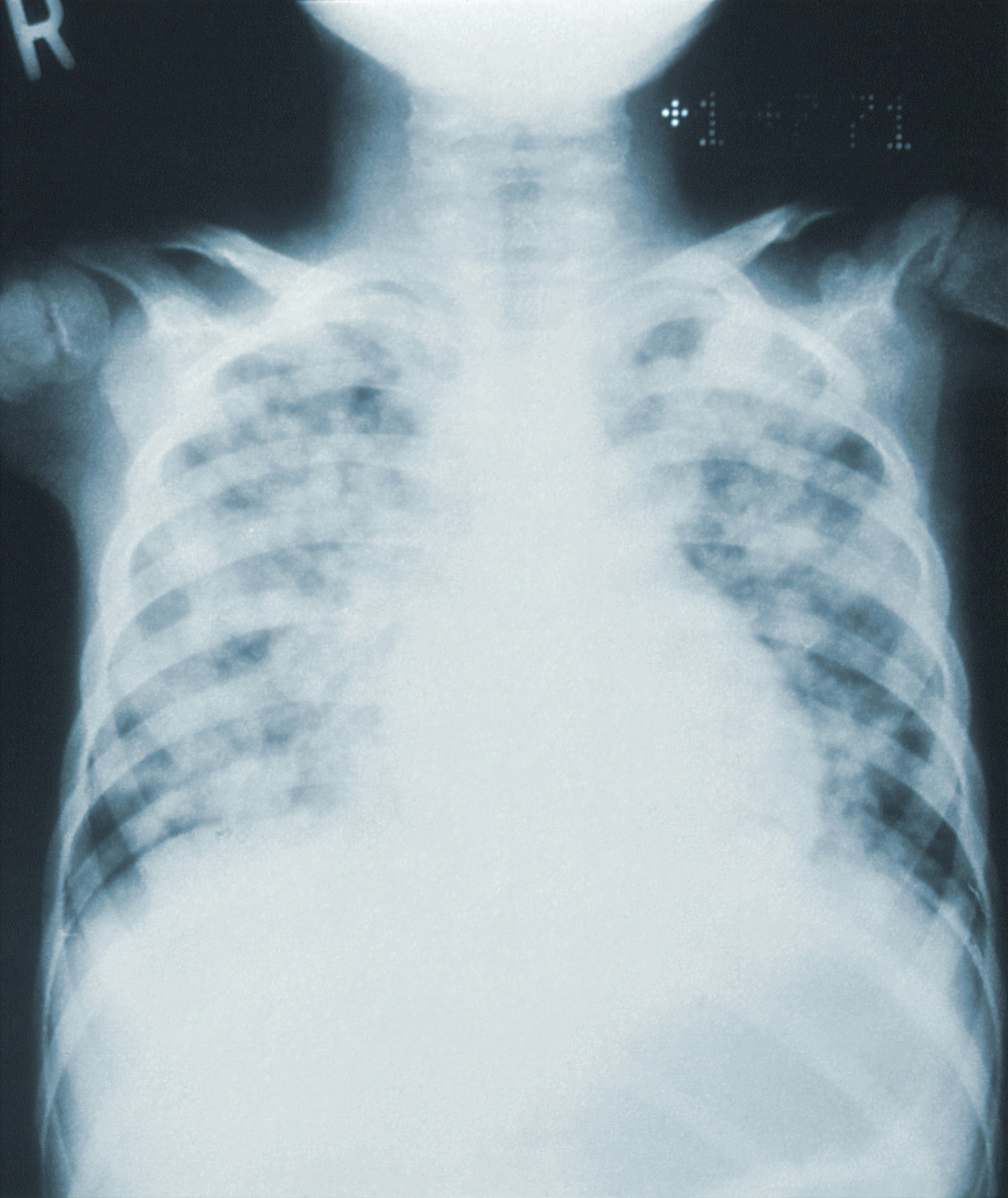EUPHRATES

Effect of Targeted Polymyxin B Haemoperfusion on 28-Day Mortality in Patients With Septic Shock and Elevated Endotoxin Level: The EUPHRATES Randomised Clinical Trial
R.Phillip Dellinger et al; JAMA 2018; 320(14):1455-1463 . doi:10.1001/jama.2018.14618
Clinical Question
- In adult patients with septic shock and high circulating endotoxin activity, does the use of polymyxin B haemoperfusion therapy significantly decrease 28-day mortality?
Background
- High endotoxin activity is associated with multi-organ failure and increased mortality in sepsis
- Previous studies assessing pharmacological therapies to reduce circulating endotoxins in sepsis have not shown benefit
- Selective adsorption of endotoxins via haemoperfusion has been studied previously but these studies were not specific to patients with high circulating endotoxin levels
- The EUPHAS study from 2009 found that treatment with polymyxin B haemoperfusion in abdominal sepsis resulted in haemodynamic improvement in the 72 hours following surgery EUPHAS study abstract
- The 2015 ABDOMIX study was a French multi-centre trial that compared polymyxin B haemoperfusion with standard care among 243 patients with peritonitis and septic shock undergoing emergency surgery. There was no significant difference in 28-day mortality ABDOMIX trial abstract
- The EUPHRATES study enrolled only patients with high circulating endotoxin levels
- In this respect, the authors aimed to study targeted therapy against a specific pathophysiology
Design
- Multicentre, partially-blinded, randomised-controlled trial using block randomisation with patients stratified by site
- Patients were randomly assigned in a 1:1 ratio to either polymixin B haemoperfusion or sham haemoperfusion
- Patients, investigators and doctors were blinded to the treatment assignment
- The bedside nurse, nephrologist and research nursing staff were aware of the treatment allocation
- The study was powered at 80% to detect an absolute risk reduction of 15% for the primary end point of 28-day mortality
- 28-day mortality was estimated as 35%
Setting
- 55 tertiary hospitals in the United States and Canada
- September 2010 until June 2016
Population
- Inclusion: Adults over the age of 18 were included in the study if they fulfilled all of the following 5 criteria:
- arterial hypotension: requiring vasopressor therapy equal to or equivalent to a noradrenaline dose of 0.05mcg/kg/min for at least 2 consecutive hours and for no more than 30 hours prior to randomisation
- received IV antibiotics
- received a 30ml/kg IV fluid bolus
- had at least 1 additional new organ dysfunction due to acute illness
- blood endotoxin level was 0.60 or higher
- Exclusion: Documented treatment limitation or a terminal disease
- 921 patients with septic shock were screened, and 450 fulfilled eligibility criteria
- Of the 450 enrolled patients, 224 received polymixin B haemoperfusion and 226 received sham treatment
- The groups were well-matched at baseline:
- mean-time to randomisation was 3.5 hours
- average APACHE II scores were 29.4 ( SD 9.0) in the polymixin B group, and 28.1 (SD 8.5) in the sham group
Intervention
- Polymyxin B haemoperfusion: a selective endotoxin adsorption cartridge consisting of the antibiotic polymixin B covalently bound to polystyrene-polypropylene fibres
- Haemoperfusion treatments were performed using a standard haemodialysis machine via centrally inserted standard dialysis catheters at a prescribed blood flow rate of 100 ml/min
- Each patient received 2 haemoperfusion treatments within 24 hours with a target for each treatment of 2 hours (minimum of 90 minutes)
Control
- Sham haemoperfusion using a haemodialysis machine, primed at the bedside with a standard bloodline and dialyser. A dialysis catheter was cut to simulate insertion and taped to the skin beneath an opaque dressing
- 0.9% saline was recirculated in the circuit for 2 hours to simulate a haemoperfusion treatment
Management common to both groups
- Conventional medical therapy according to the Surviving Sepsis Campaign clinical practice guidelines for the management of sepsis
Outcome
- Primary outcome: No statistical difference in mortality at 28 days in the polymyxin B haemoperfusion group compared with the sham group
- 37.7% (84 of 223) vs 34.5% (78 of 226)
- Risk difference [RD], 3.15; 95% CI, −5.73 to 12.04; risk ratio [RR], 1.09; 95% CI, 0.85-1.39; P = 0.49
- In patients with multi-organ dysfunction syndrome, 28-day mortality was 44.5% (65 of 146) in the polymyxin B haemoperfusion group and 43.9% (65 of 148) in the sham group (RD, 0.60; 95%CI, −10.75 to 11.97; RR, 1.01; 95% CI, 0.78-1.31; P = 0.92)
- Secondary outcome:
- 264 serious adverse events were reported, with 10.8% of polymixin B patients experiencing worsening of sepsis, compared with 9.1% of sham patients
Authors’ Conclusions
- Among patients with septic shock and high endotoxin activity, polymyxin B haemoperfusion treatment plus conventional medical therapy compared with sham treatment plus conventional medical therapy did not reduce mortality at 28 days
Strengths
- The investigators attempted to blind the study as much as possible to reduce bias
- The patient cohort was sick, with mean APACHE II scores of around 30
- The multi-centre nature of the study improves external validity within the North American setting
- Groups were well-matched at baseline for most variables
- A safety analysis was performed, with most adverse events related to the indwelling vascular access device
Weaknesses
- The study took 6 years to enrol 450 patients, and this was after a power calculation for a very optimistic absolute risk reduction of 15% in 28-day mortality
- Following the second interim analysis, the study protocol was adjusted to enroll only patients with a very high severity of illness based on a Multiple Organ Dysfunction Score (MODS) of more than 9
- The bedside nurse and research co-ordinators were aware of treatment allocation, possibly introducing bias
- 28-day mortality was used as the primary outcome measure, rather than 90-day mortality
- As this is still an experimental therapy, the dose, timing and duration of haemoperfusion therapy is uncertain, and may not have been sufficient to clear circulating endotoxin, as suggested by the therapy failing to produce significant reductions in circulating endotoxin levels
The Bottom Line
- Polymyxin B haemoperfusion was not shown to be superior to placebo in the management of septic shock. I will not be incorporating this therapy in the management of septic shock patients on the Intensive Care Unit
- The heterogenous nature of patients with sepsis means that there are limitations in researching targeted therapies. Studies such as this one, incorporating a specific subgroup of septic patients, are welcome
External Links
- [article] Effect of Targeted Polymyxin B Hemoperfusion on 28-Day Mortality in Patients With Septic Shock and Elevated Endotoxin Level
The EUPHRATES Randomized Clinical Trial - [further reading] Polymyxin B haemoperfusion in peritonitis
- [further reading] Claudio Ronco article on polymyxin B
Metadata
Summary author: Fraser Magee
Summary date: 18th October 2018
Peer-review editor: Steve Mathieu



